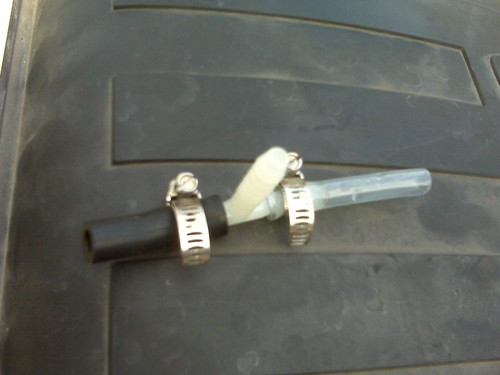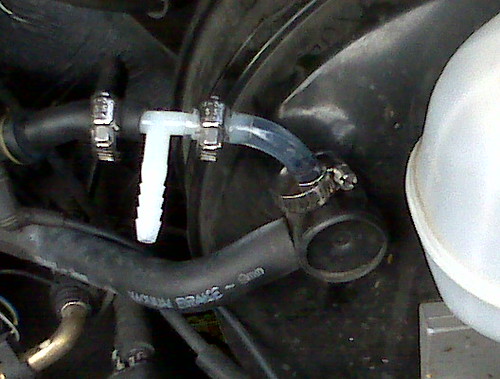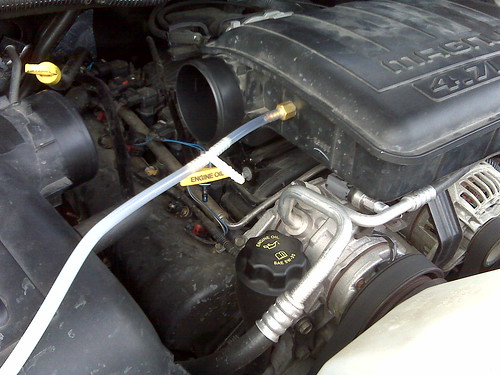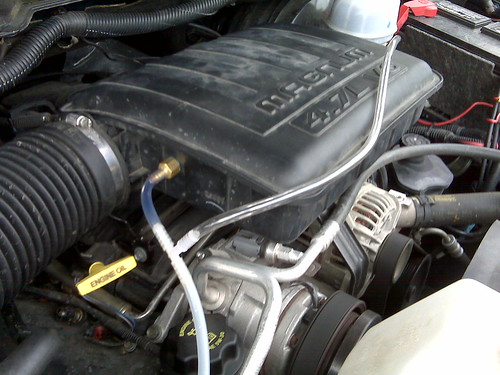hey russ.
I have re-piped ( tubed) my dry cell bubbler config to look
almost exactly like yours including the white distilled vinegar.
I have very limited room in my town and country van so have
had to use a 2 " dia bubbler but it is nearly 16" long . with
tightly wound tubing inside. .gas exits at the bottom or near the bottom
of the bubbler and makes it way to the top then to the engine.
I still get a lot of moisture with this config. I did loop the tubing
on it's way to the engine as sort of a water trap........ it collects
water but it will eventually accumulate where I will need to evacuate
the water. curious if anyone with a similiar setup has solved the moisture
issue as yet and if do how.
I did build a dual MAP enhancer and also found the MAP as well right on
top of the intake manifold.. right where is supposed to be. I plan of installing
this sometime next week. But before I do much more I need to address the
moisture/water issues.
also I found a PCB for several O2 enhancers and MAP with schemantics
here:
http://www3.telus.net/chemelec/Proje...n/Hydrogen.htm
later




 Reply With Quote
Reply With Quote







